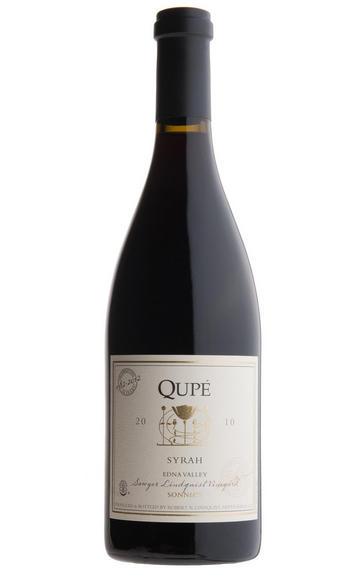
2012 Qupé, Sonnie's Sawyer Lindquist Syrah, Edna Valley, California, USA
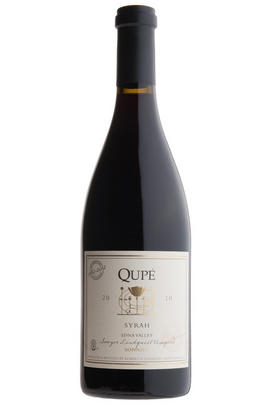
About this WINE
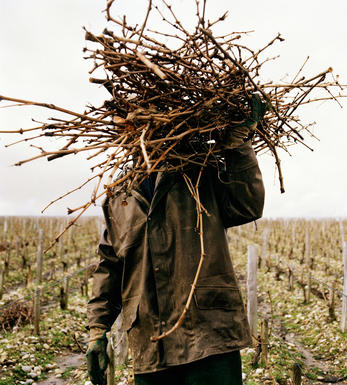
Qupe
Bob Lindquist turned a one time hobby into a full-time job when armed with a small bank loan he established Qupe Vineyards at Santa Maria in Santa Barbara Country. Today he produces 20,000 cases a year with all the wines being made at the same winery as those of Au Bon Climat.
He produces 3 different bottlings of Syrah - Central Coast, Los Olivos (blended with 40% Mourvedre) and Bien Nacido. Lindquist specialises in Rhone-style wines but aslo produces superb Chardonnay. The Bien Nacido Cuvee is a deliciously rich and aromatic blend of two-thirds Chardonnay and one-third Viognier.
In 2015 Bob Lindquist received the Lifetime Achievement Award from the Rhone Rangers organisation. Only the third to receive it, the other two being our other Californian friends – Randall Grahm (Bonny Doon) and Bob Haas (Tablas Creek).
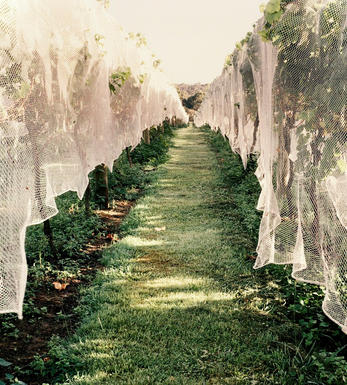
Central Coast
Central Coast AVA is an all-encompassing appellation used for wines blended across several counties in the broader central coast viticultural region.
The associated counties (and their AVAs) are Alameda (Livermore Valley); Contra Costa; Monterey (Arroyo Seco, Carmel Valley, Chalone, San Lucas); San Benito (Cienega Valley, Lime Kiln Valley, Mount Harlan, Paicines); San Luis Obispo (Arroyo Grande, Edna Valley, Paso Robles, York Mountain); Santa Clara Valley (most of Santa Cruz Mountains, San Ysidro); and Santa Barbara (Santa Maria Valley, Santa Ynez Valley).
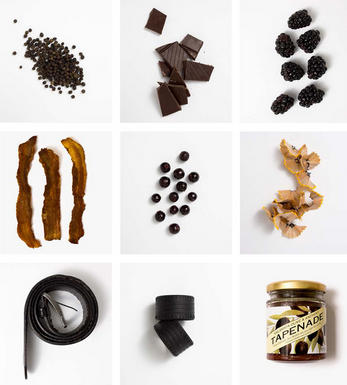
Syrah/Shiraz
A noble black grape variety grown particularly in the Northern Rhône where it produces the great red wines of Hermitage, Cote Rôtie and Cornas, and in Australia where it produces wines of startling depth and intensity. Reasonably low yields are a crucial factor for quality as is picking at optimum ripeness. Its heartland, Hermitage and Côte Rôtie, consists of 270 hectares of steeply terraced vineyards producing wines that brim with pepper, spices, tar and black treacle when young. After 5-10 years they become smooth and velvety with pronounced fruit characteristics of damsons, raspberries, blackcurrants and loganberries.
It is now grown extensively in the Southern Rhône where it is blended with Grenache and Mourvèdre to produce the great red wines of Châteauneuf du Pape and Gigondas amongst others. Its spiritual home in Australia is the Barossa Valley, where there are plantings dating as far back as 1860. Australian Shiraz tends to be sweeter than its Northern Rhône counterpart and the best examples are redolent of new leather, dark chocolate, liquorice, and prunes and display a blackcurrant lusciousness.
South African producers such as Eben Sadie are now producing world- class Shiraz wines that represent astonishing value for money.


Buying options
Add to wishlist
Description
A huge powerful wine, the 2012 Syrah Sawyer Lindquist Vineyard Sonnie's hits the palate with massive dark red and black fruit, smoke, tobacco, game, licorice and smoke. Not a shy wine by any means, the 2012 is ample and virile, with plenty of tannin, but less in the way of finesse. It will be interesting to see if the 2012 acquires a bit more nuance in bottle.
Antonio Galloni, Vinous.com (June 2015)
wine at a glance
Delivery and quality guarantee